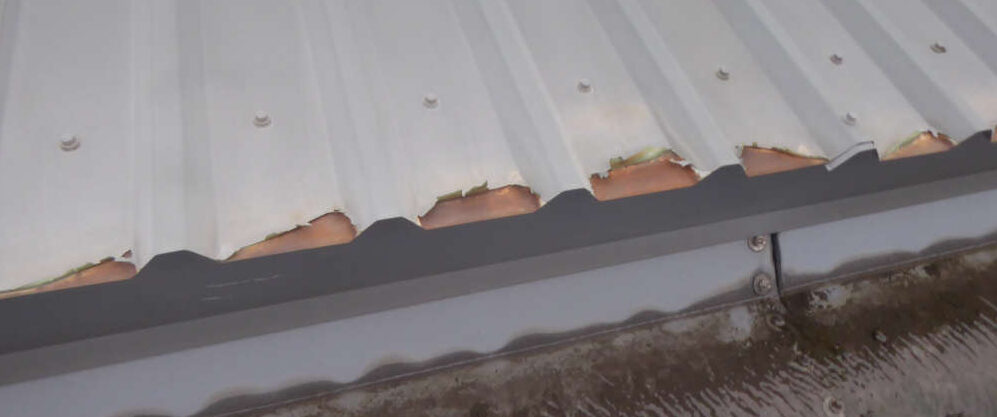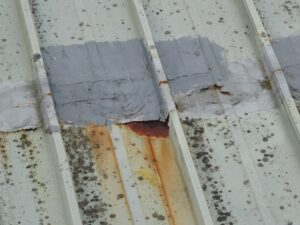

Business location and premises are vital factors of any commercial operation, and one of the key decisions business owners have to make is whether to rent the property or invest in purchasing the freehold. At Bradley-Mason LLP, our experienced team of Chartered Building Surveyors are on hand to provide commercial building surveys and a full range of property services across many sectors to help our clients make the right decision.
Buying a commercial property can have its advantages, though these may arguably be greater for businesses that have been established for a few years. A lease or rental agreement is often a simpler arrangement and, although it constitutes a financial liability, the lower set up costs may make this more attractive for smaller companies. Let’s take a closer look.
Renting business premises

Recent start-ups and SMEs may find it harder to predict cashflow, meaning a shorter rental agreement or a flexible lease may be the best option to secure premises. The ideal agreement is one where the responsibility for repairs and renewals remains with the landlord. That way, the tenant’s dilapidations liabilities are kept to a minimum and the risk of being faced with large, unexpected bills at the end of the term is substantially reduced.
Bradley-Mason LLP can help with recording the property’s condition at the start of the term via a Schedule of Condition and we are proud to be one of the leading Dilapidation Survey specialists in the UK, with an experienced team available to advise both landlords and tenants.
The process of moving into rented premises is usually fairly straightforward, making a business relocation quicker and easier than mortgaging a commercial property. What’s more, there is no need to tie up large sums for a mortgage deposit to secure the property, and any decrease in property value won’t affect the balance sheet.
However, the pros must be weighed up against the cons, which can be significant, and include the following key considerations:
While the business will be sheltered from any fall in property values, it won’t benefit from any capital uplift either. The rent you pay will never offer you a return. In addition, rent increases can be both steep and unexpected, and they may be entirely out of your control. While there is always the option to up sticks and relocate if no acceptable solution can be negotiated with the landlord regarding rent increases or lease renewals, this is likely to be a highly inconvenient and costly pathway for the business.
Buying business premises
When it comes to investing in commercial property, lenders may exercise extreme caution when dealing with businesses that are not well established. Assuming a mortgage offer is made at all, it is highly likely that a larger deposit will be required and premium interest rates charged, as a way to mitigate the perceived lending risk. In any event, a deposit of 25-30% of the purchase price is not uncommon. Add to that stamp duty, legal fees and valuation fees and the upfront outlay may be substantial.
Variable mortgage rates can mean a sudden increase in payments without any protection. And, of course, we all know that property prices can go up as well as down. The worst case scenario is that you could find yourself in negative equity.
That said, buying the freehold does have some clear advantages, including the following points:
If the property increases in value, so does the value of your investment asset. Gone are the risks of unpalatable rent increases and periodic lease negotiations. Mortgages can be fixed for up to 10 years, enabling smoother cashflow projections than are possible if you are a tenant. What’s more, mortgage interest payments can be offset against your net profits, making your investment tax deductible.
As a freeholder, you can make alterations to the property as you wish (subject to planning regulations). At Bradley-Mason LLP, we have a dedicated project management team to advise on all aspects of a scheme, from the feasibility stage to the finished build. You can also sub-let part of the building without issue, which is usually not permitted when you are renting premises.
Prime commercial spaces tend to come with long leases of 15+ years, which is a long-term commitment that may not work for your business, especially if there is no workable break clause. As a freehold owner you have much greater flexibility and can choose to sell whenever you decide.
Contact us
Each business has its own unique set of requirements, which makes the decision to rent or buy entirely dependant on your individual circumstances. At Bradley-Mason LLP, our expert team of Commercial Chartered Surveyors and Building Consultants can provide valuable advice and guidance to businesses of all sizes and across all sectors. Why not contact the team and discuss your property requirements to see how we can help?
DISCLAIMER: This article is for general information only and not intended as advice. Each project has its own set of unique circumstances, all potential issues should be investigated by a surveyor on a case by case basis before making any decision.














